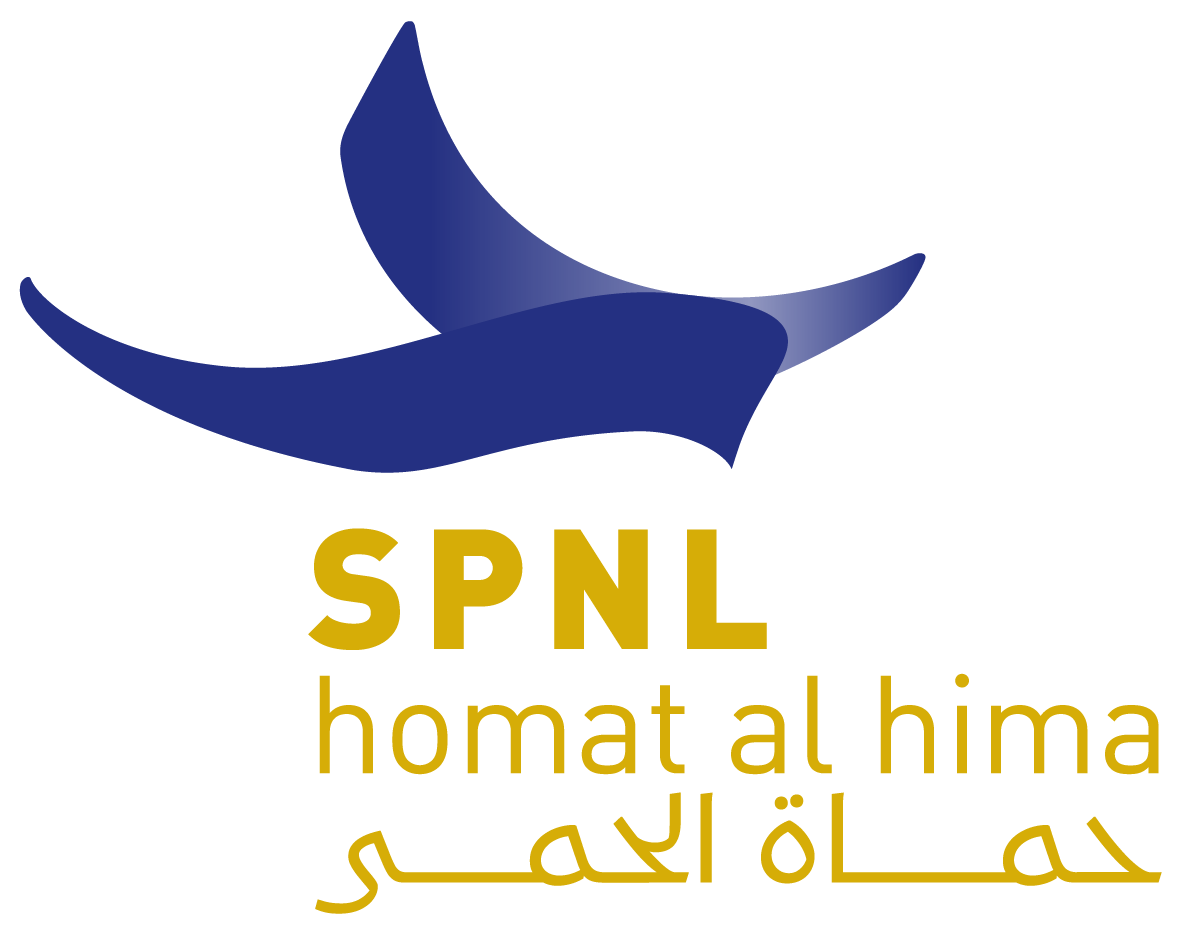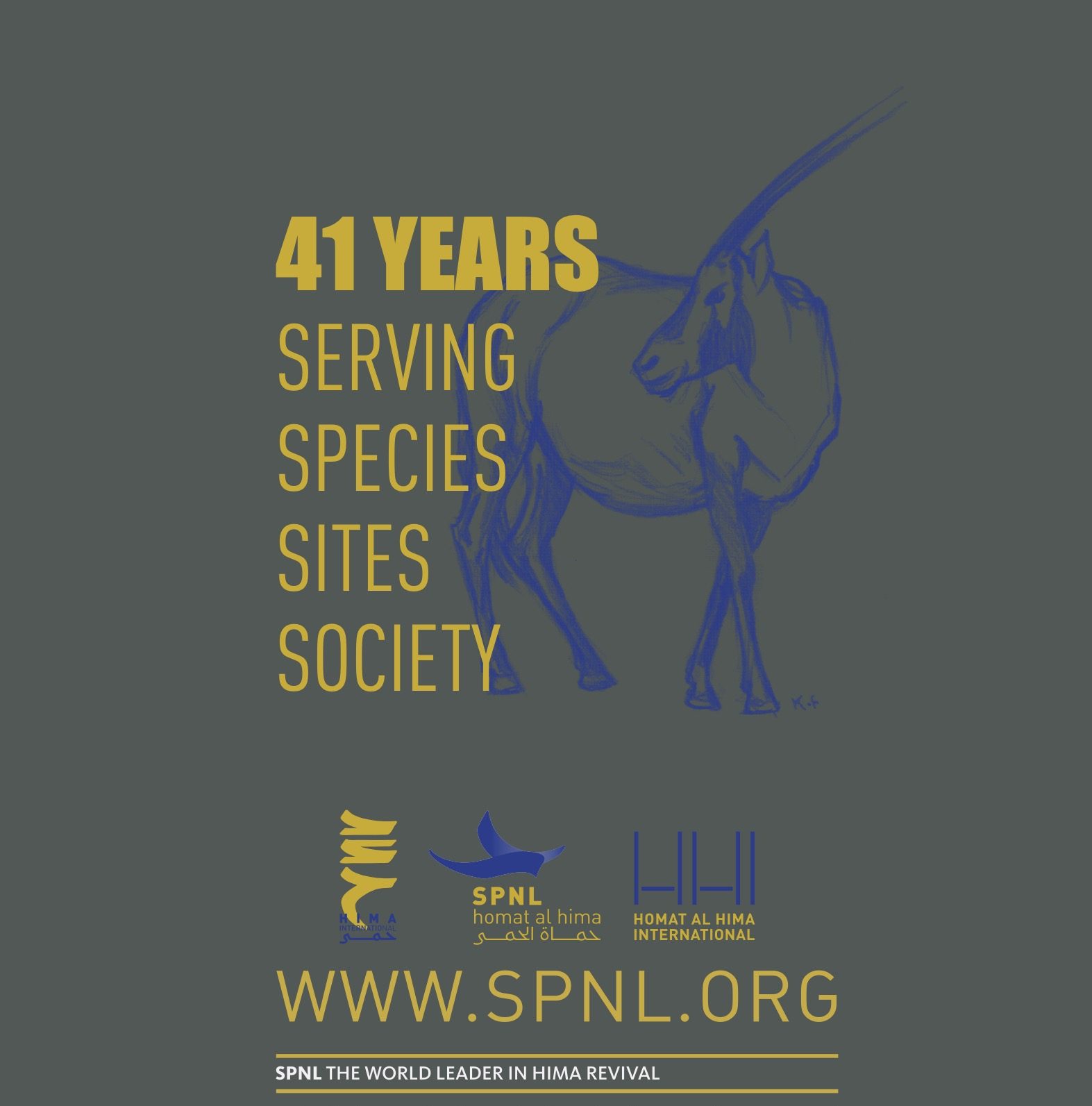Hima means protected area in Arabic; it is a community based approach used for the conservation of sites, species, habitats, and people in order to achieve the sustainable use of natural resources. It originated from more than 1,500 years ago where it was spread along the Arab Peninsula as a “tribal” system of sustainable management of natural resources.
It was applied as a system for organizing, maintaining, regulating, and utilizing natural pasture and rangelands in a way fitting with ecosystems and local practices. It evolved with Islam adding to it values and rules. Hima management and decisions are made by the local communities themselves.
SPNL is reviving the Hima approach in collaboration with municipalities in order to promote the conservation of Important Bird Areas (IBAs) and conserve the sustainable use of natural resources. Accordingly, SPNL announced several Hima in Lebanon; Hima for sustainable hunting, Hima for sustainable fishing, Hima for sustainable grazing, and Hima for sustainable use of water resources.
Up Scaling Hima on the Local Level
Policy Opportunity
Municipality/ local community aware about Hima principle
Municipality act like local government on the ground and have the authority to manage public lands (government /municipal lands) through municipal decisions
Municipality interested in managing their natural resources in a sustainable manner for people and nature and supportive for Hima function
Involvement of underprivileged groups in policies (women /youth)
Governmental institutions supportive to Hima revival in Lebanon (recognized under the new category protected areas management in Lebanon/ adopted by ministry of agriculture.)
Government institutions supporting community based management (WUA)
Capacity & Knowledge
New generation interested to learn about Hima/ management of nature resources
Rural community & underprivileged involved in Hima management
(LCGs )
Community possess the traditional knowledge
SPNL possess the know how, scientific back ground and knowledge on protected area management in Lebanon , sustainable use and community involvement.
SPNL has a good relationship by local and governmental institutions
Partnerships
SPNL has been advocating for Hima Revival on the national and International level since 2004 , through the established partnerships with local , national and international organization .
Capacities and Knowledge Opportunities
Financing Hima projects is possible due to donors interest in the approach
Arab countries (especially gulf states) posses the needed financial resources to fund Hima initiatives in the Region
Availability of the Scientific Expertise in relation to supporting natural resources management through sustainable use is present ( IUCN/ Bird Life/SPNL)
Tested Modules of Hima Revival is available
Hima still present in in History of our region and recognized by Indigenous communities
Capacity & Knowledge Gaps
Limited financial resources to improve manage of Hima site and support local community capacity building (orientation of funds &marketing of the approach, donors priorities )
Limited Institutional & community capacities to manage Hima sites
Limited documentation of Hima history and best practices in our region
Limited knowledge of the local communtiy about integrating conservation with sustainable management of resources for people and nature
Limited Indigenous Knowledge in the management of Nature Resources and Revival of Culture Practices
Lack of Unifed Hima principles adaptive to the region
Partnerships
Approach supported and adopted by several international organization and donors including (IUCN, Bird Life, UN,Med Wet, MAVA,WANA), Jordan, Syria, Iraq, Palestine..etc
Lack of a unified network which links Hima principles and management approachs and facilite cooperation between Hima partners
Priority Needs
To Unify Hima Principles ,Policies & Management (Policy Frame work & Hima Network) which represents different leading organizations and expertise
The need to create a Hima fund for poverity alleviation similar to Hima fund for IBAs
Work on a database which document Hima history and new initatives
Twining Hima experiences between several countries
On the same subject
[catlist name=”hima”]














